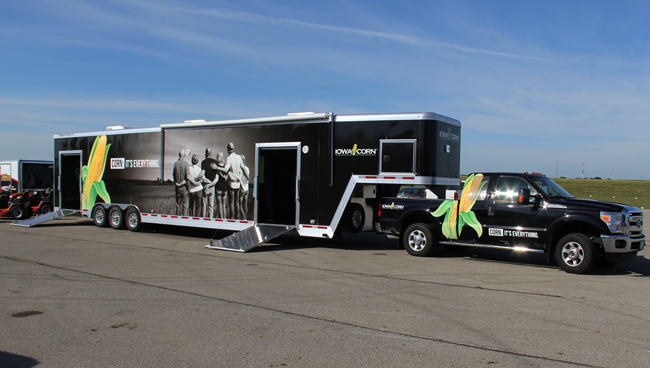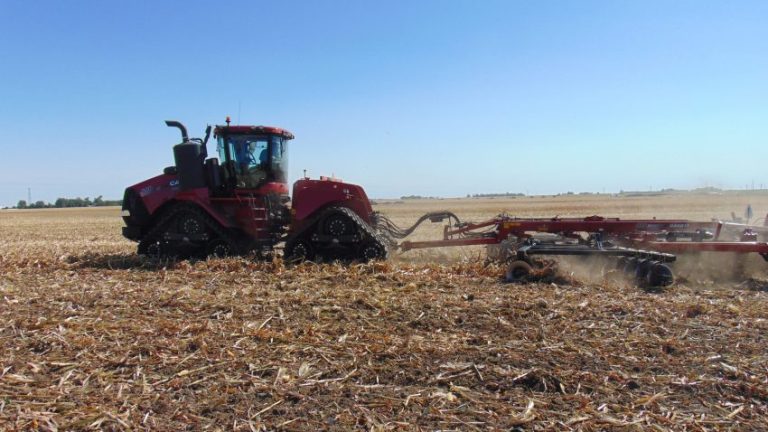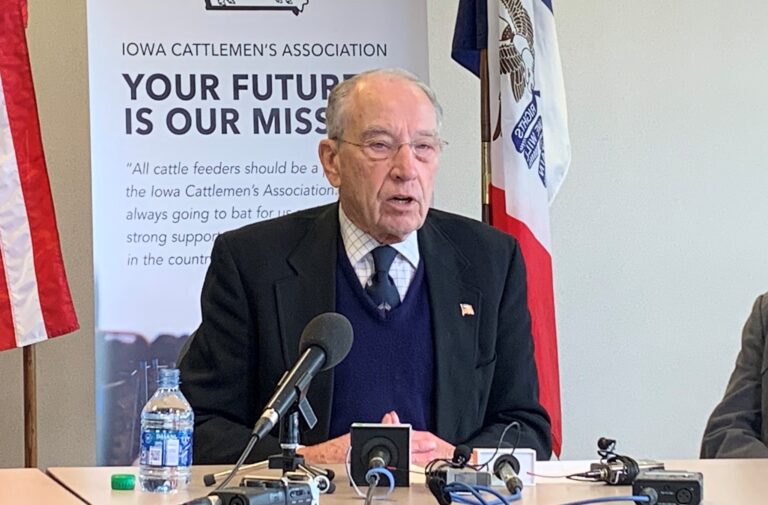IARN — A panel discussion at a recent Agri-Pulse Food and Ag Policy Summit focused on innovations in agriculture to overcome labor challenges.
Overcoming the agriculture labor hurdle includes finding ways to get the work done in jobs that go unfilled, says Western Growers VP of Innovation Walt Duflock. He says the first problem is the workers aren’t there.
“It’s not like we’re taking away jobs we can’t find workers already,” said Duflock. “This often comes up when we talk about technology and innovation automation, and I think the way we address it is A, really demonstrate the realities on the ground that they have many unfilled positions but also there’s a need to translate the workforce of the future as well.”
Pauline Canteneur, Business Strategist at FarmWise, says her company is developing innovative solutions to help growers address the labor challenge.
“We leverage AI and robotics to deliver automated solution to vegetable farms,” said Canteneur. “Our first product is an automated mechanical weeder that detects crops from weeds using facial recognition, so it’s like Facebook for your crops, if you will, and then we’re able to actuate precisely blades around the crop, removing harmful weeds. We deploy a fleet of a dozen of robots along the central coast of California. So, we deploy as a service to bridge a gap between a shortening labor supply and just quite frankly, a lack of a solution to get this weeding job done.”
Jenny Maloney of Bayer CropScience adds it’s all part of the larger puzzle facing growers every day.
“There’s so many pressures every day that growers are facing, whether it’s on water or nutrients pesticide use, labor, I mean, it’s just heavy every day, something else, and growers are looking for ways to meet those requirements and stay in business and stay profitable,” said Maloney.
The panel adds that addressing the challenge will require research, investment, communication and regulatory changes to help meet the future needs of agriculture.
Story courtesy of the Iowa Agribusiness Radio Network












